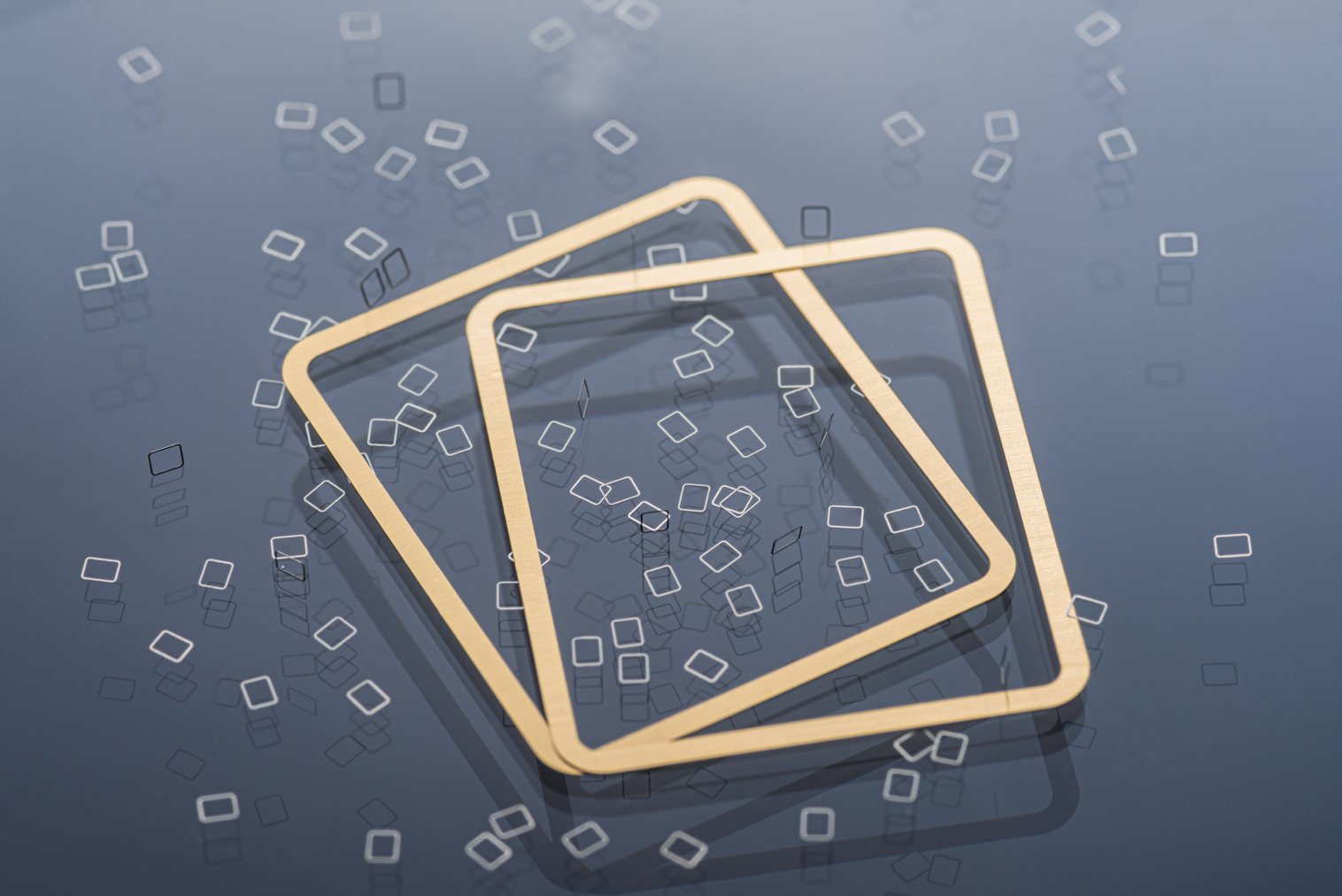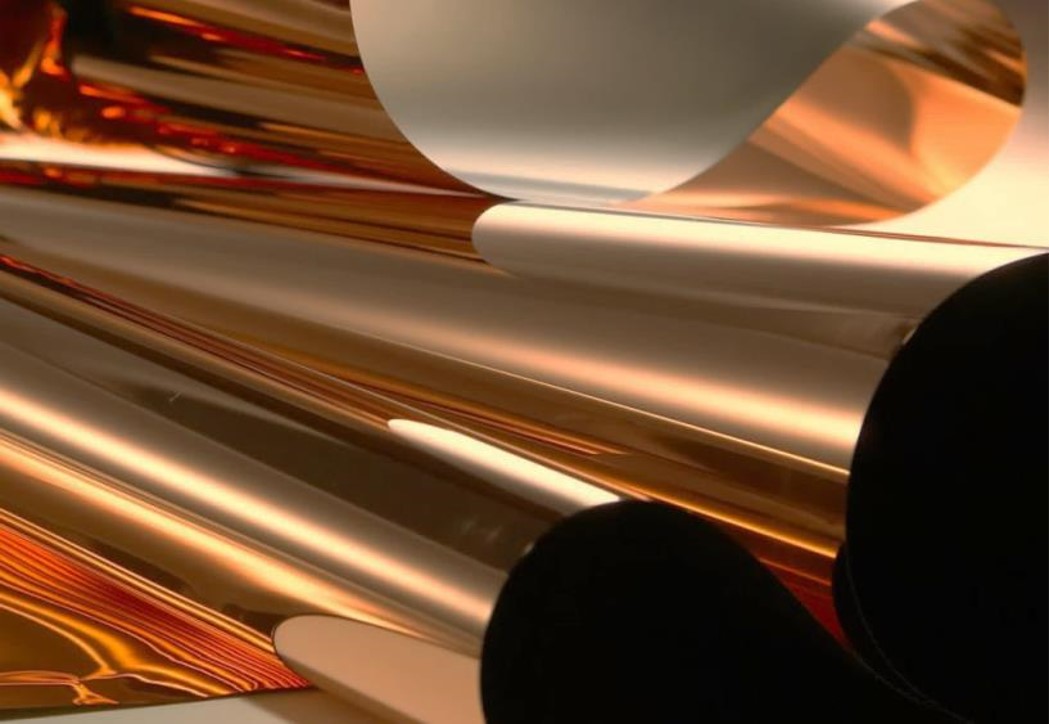Near-Infrared Absorbing Materials

閉じる
Search
Isotropic magnets are magnets with a random direction of magnetization in the magnet. Anisotropic magnets are magnets whose magnetization directions in the magnets are aligned in a certain direction.
Magnet powders for isotropic magnets contain crystals in one magnet particle with a direction of random magnetization, and cannot be made anisotropic magnets when a magnetic field is applied externally during molding. In the magnetization after molding, the magnetization of the same component as the direction of the magnetization field becomes strong for the magnetization in a random direction in the crystal. Therefore, the molded body, which is an aggregate of crystals, can be a magnet having a magnetic force in the direction of magnetization. (Figure 1)
Magnet powder for anisotropic magnets is composed of a single crystal or polycrystal with an aligned direction of magnetization in one magnet particle. When a magnetic field is applied externally during molding (this magnetic field is called an aligning magnetic field), the magnet powder moves to align with the direction of the magnetic field and is solidified in an aligned state, resulting in an anisotropic magnet. Magnet powder aligned with an aligning magnetic field is solidified with keeping magnetization. Therefore, after removing the alignment magnetic field, the molded body becomes a magnet having a magnetic force. (Figure 2)
Ferrite bonded magnets are sometimes used as they are. However, because of difficulties in removing, adhesion of iron powder and magnet powder, and difficulty in handling in the post-process, molded bodies are often demagnetized after solidification, and then magnetized and used in the subsequent process.
Magnet powder for anisotropic magnets can be used as an isotropic magnet by solidifying it without adding an alignment magnetic field. However, in this case, the magnetic force originally possessed by the magnet powder is not effectively used, and the residual magnetic flux density, which indicates the characteristics of the magnet, is reduced to approximately one-half that of the case with an anisotropic magnet.
Figure 3 shows the typical orientation of anisotropic magnets.
Forming the anisotropic magnet is difficult to design requires technical knowledge such as the size and direction of the orientation magnetic field. However, anisotropic magnets have advantages such as, for example, not having magnetic poles on the opposite surface in polar anisotropic orientation, improved demagnetization resistance, and strong magnetic force can be obtained. In addition, since the orientation is difficult to distinguish from the appearance, concealment of the design and differentiation from competitors can be intended.
Sumitomo Metal Mining strives to reduce the burden on customers by providing technical support, such as designing the orientation of magnets made of Wellmax™.
Last edit date:20230725
Ready to get started? Contact us to talk about your requirements.

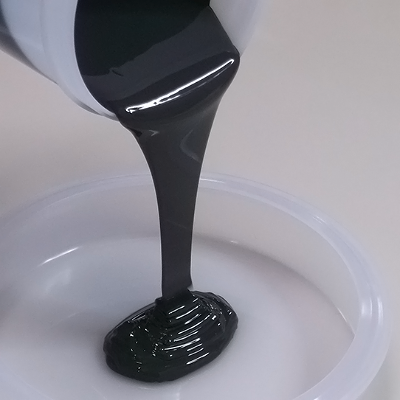
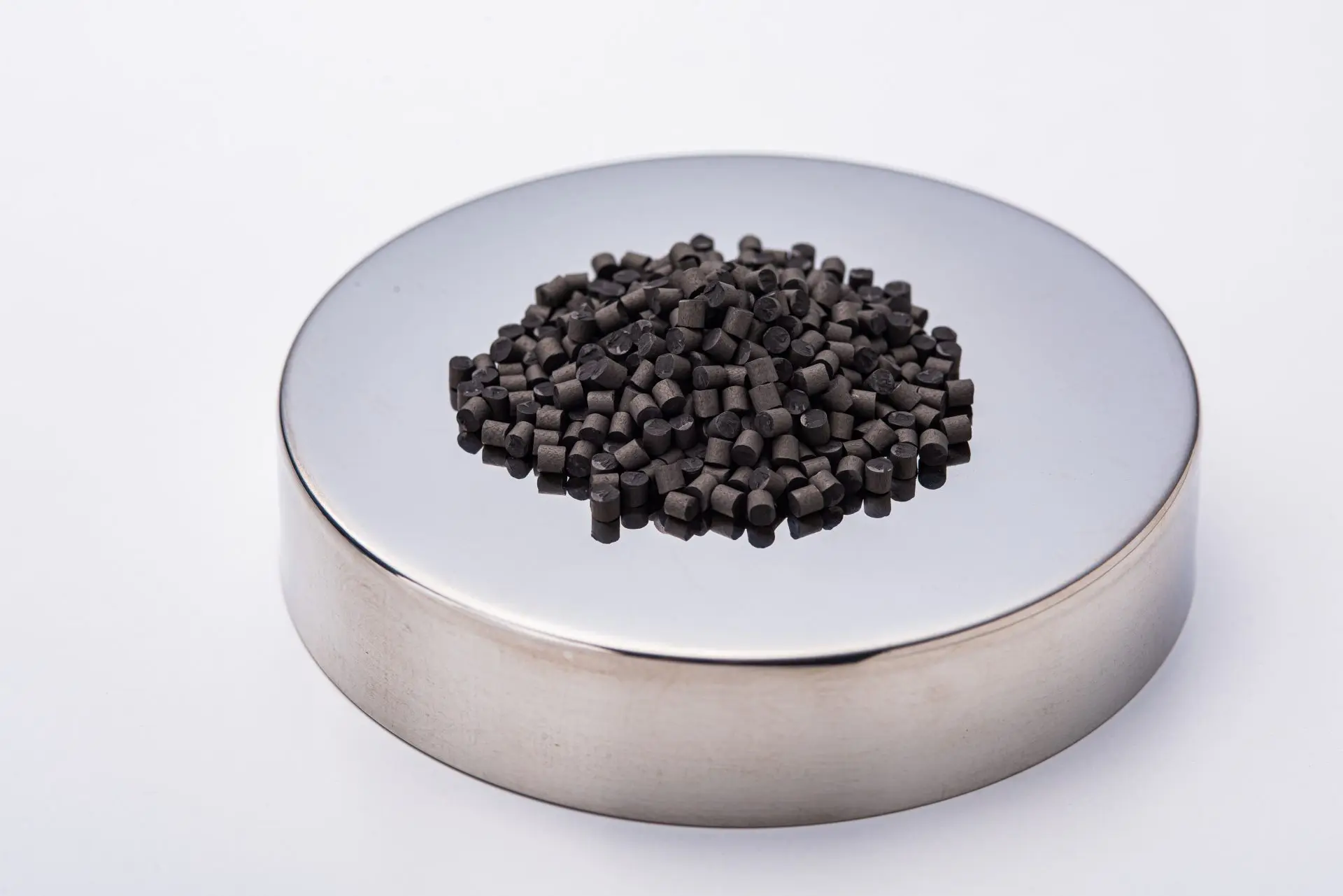



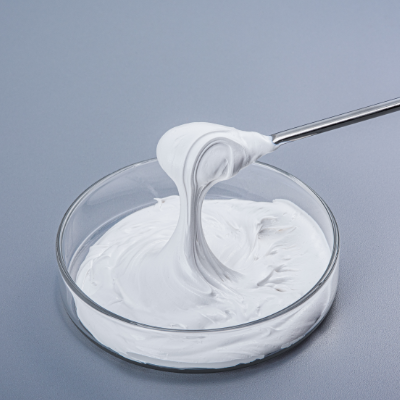
![[Wet-chemical synthesized metal powder] Ultra-fine nickel powders](https://crossmining.smm.co.jp/wp-content/uploads/m_np.webp)
